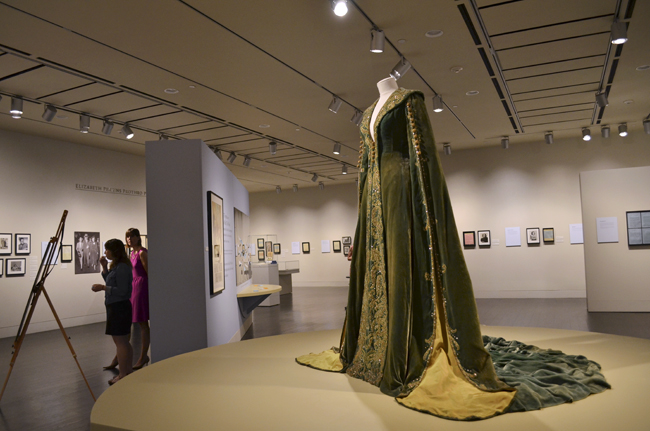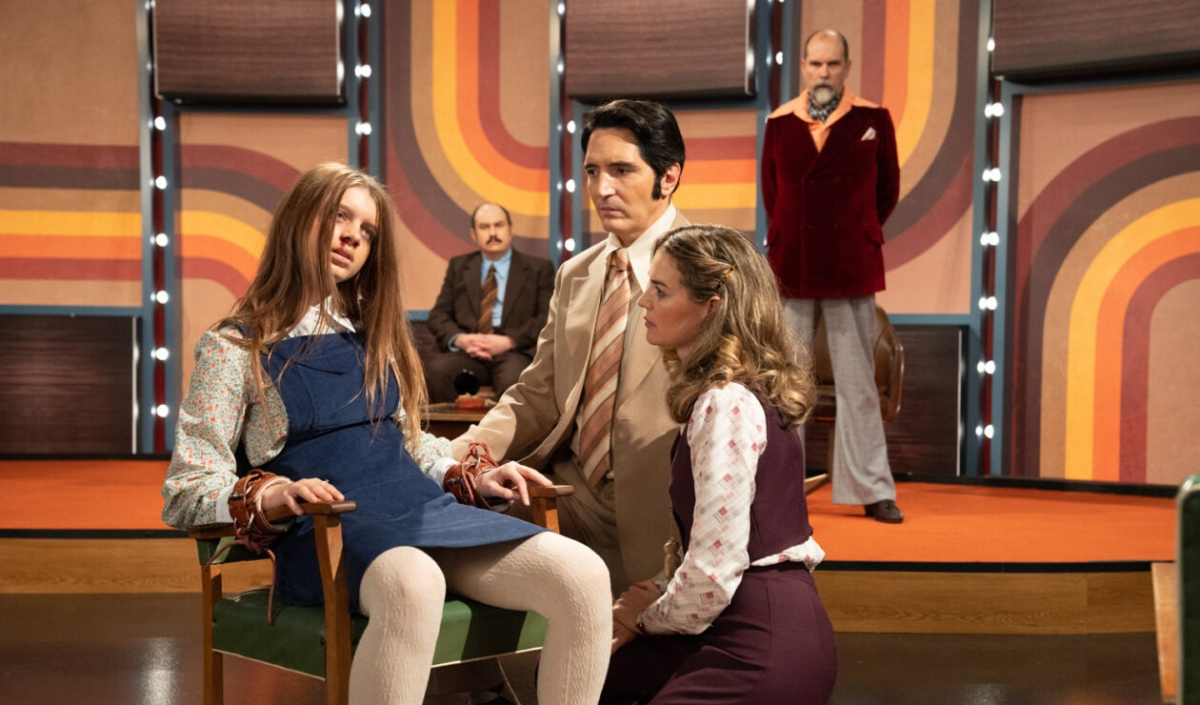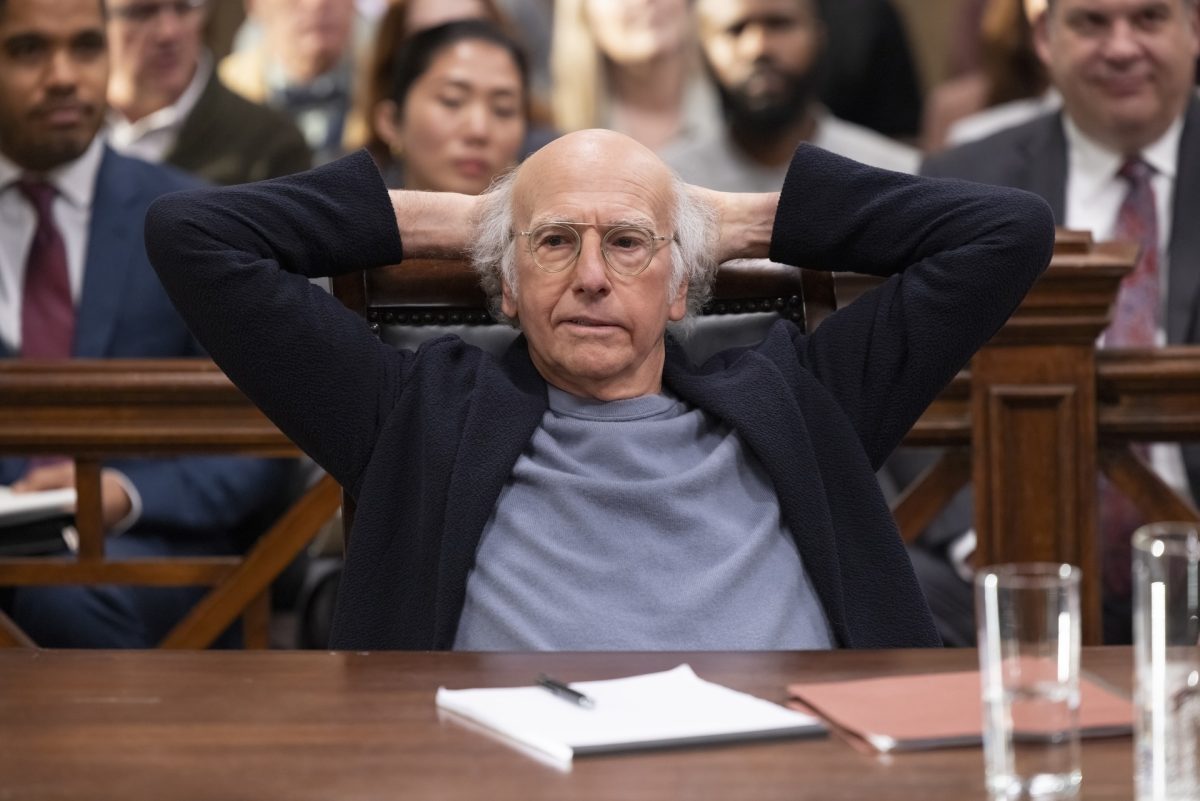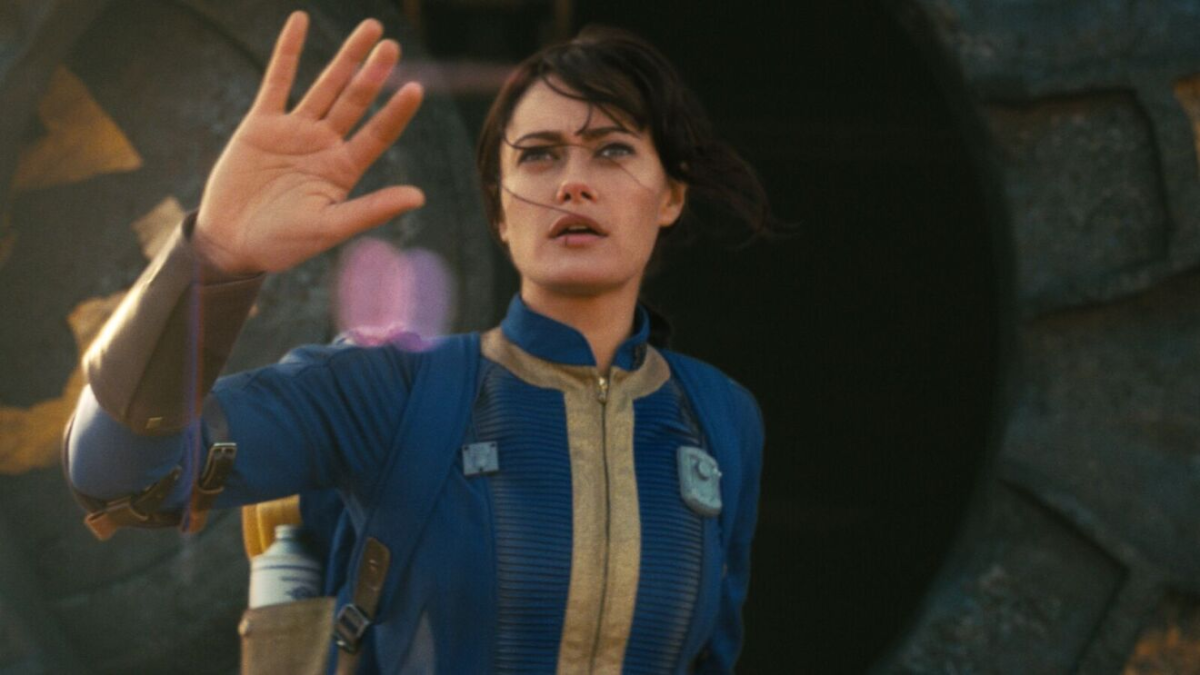Vivien Leigh and Clark Gable graced the silver screen 75 years ago in the antebellum classic “Gone with the Wind.” To commemorate its anniversary, the Harry Ransom Center is showcasing hundreds of original artifacts and documents, offering visitors a look behind the scenes of the casting and production of the film.
Although “Gone With the Wind” is often regarded as an American classic, its subject matter sparked controversy. Letters from the Ku Klux Klan to director David Selznick are included in the exhibit. Some of the letters in the collection lobby for the KKK’s presence in the film’s production and script. But the KKK was not the only group attempting to influence the film’s messages; the NAACP also called for the sensitive treatment of slavery and African-American culture.
Hutchison said the book “Gone with the Wind” has a dual nature, which was partly responsible for its controversial history.
“[It was] popular and problematic — loved and loathed,” Hutchison said.
While the story line of the film sweeps viewers away into a dramatic love story, critics are quick to catch the inaccurate portrayal of certain historical aspects, particularly slavery. In many ways, Selznick encountered the same dilemmas modern directors face. He once admitted he was willing to sacrifice accuracy for a stunning effect.
Danielle Sigler, the Ransom Center’s associate director for fellowships and programs, said such issues as race, violence, war and gender are still prevalent in society today. She suggested that directors of movies like “12 Years a Slave” have to confront many of the same questions Selznick did in the 1930s, deciding where to draw the line between accuracy and sensitivity.
English associate professor Coleman Hutchison compared “Gone With the Wind” to a modern-day series, such as “Harry Potter” or “The Hunger Games,” explaining how the public overlooks questionable details as it falls in love with the rich storytelling. Fans of “Gone with the Wind” pass their love of the film along to their children and grandchildren.
Old newspaper clippings line the walls of the exhibit, which updated the public on the search for the perfect actress to play the role of the main character, Scarlett O’Hara. Wilson said many women even identified so closely with O’Hara that some believed they actually were her. When it was first announced the novel would be adapted to film, a nationwide obsession as to who would snag the coveted lead roles began.
“It all came down to Scarlett O’Hara,” said Steve Wilson, the Ransom Center’s film curator.
Open to the public starting Tuesday, the exhibit takes viewers through the film’s casting, production and premieres. Documents, makeup stills, memos, newspaper articles and other mementos from the film are all on display.





















